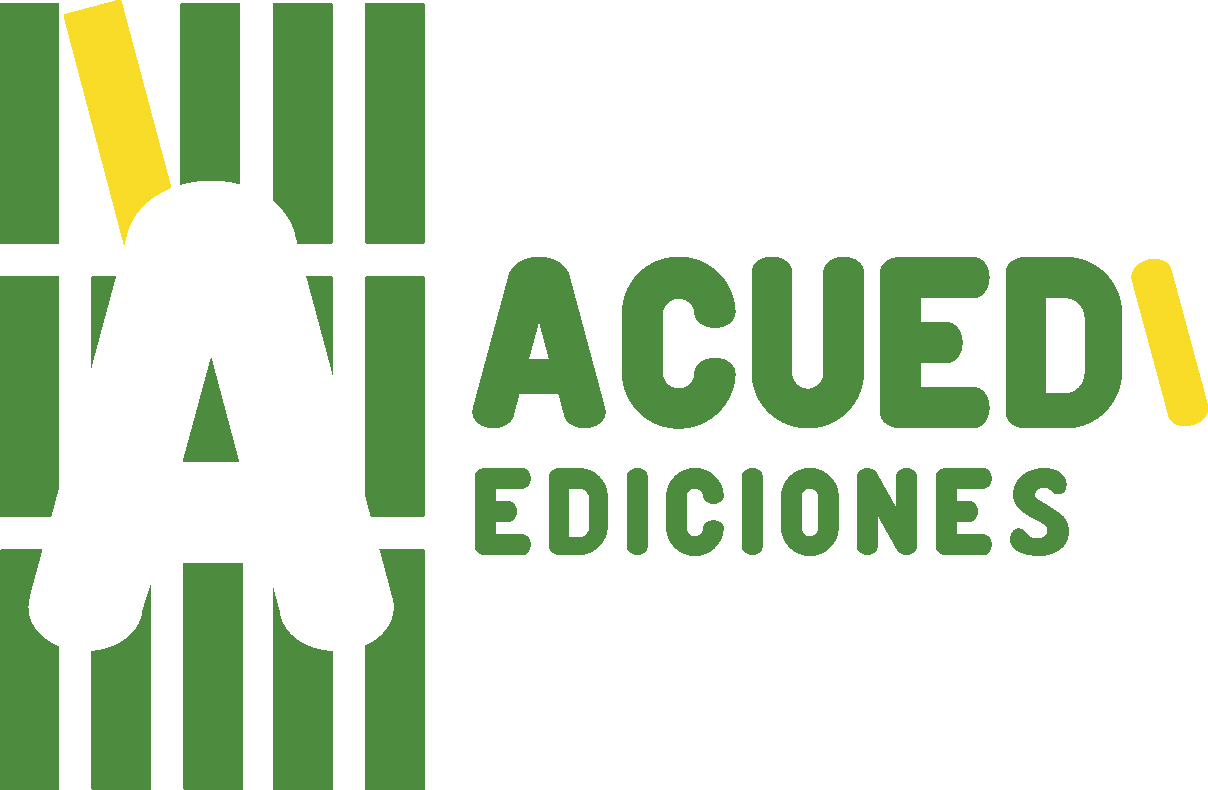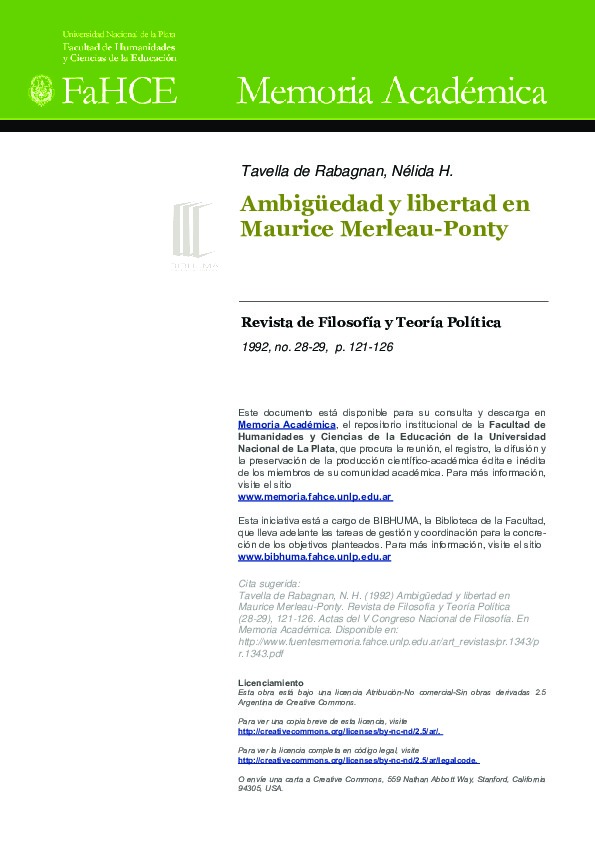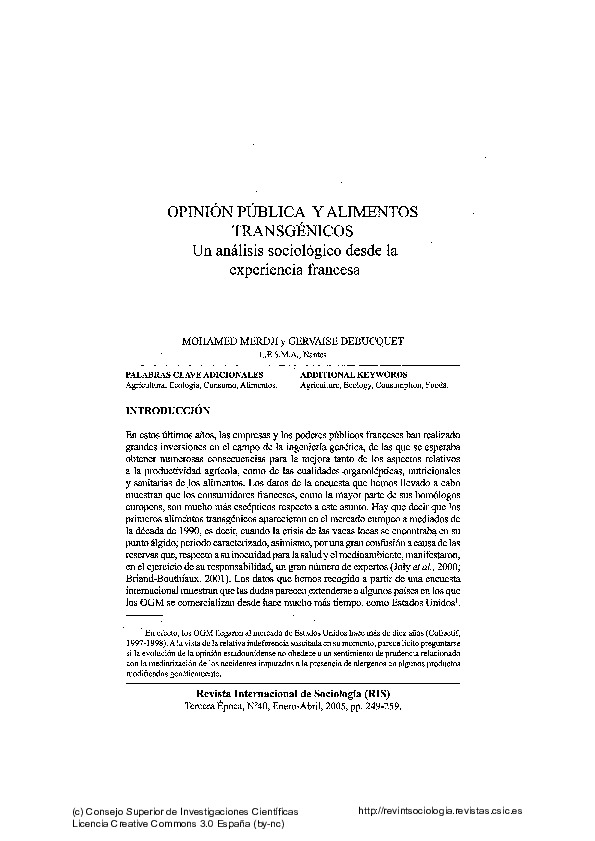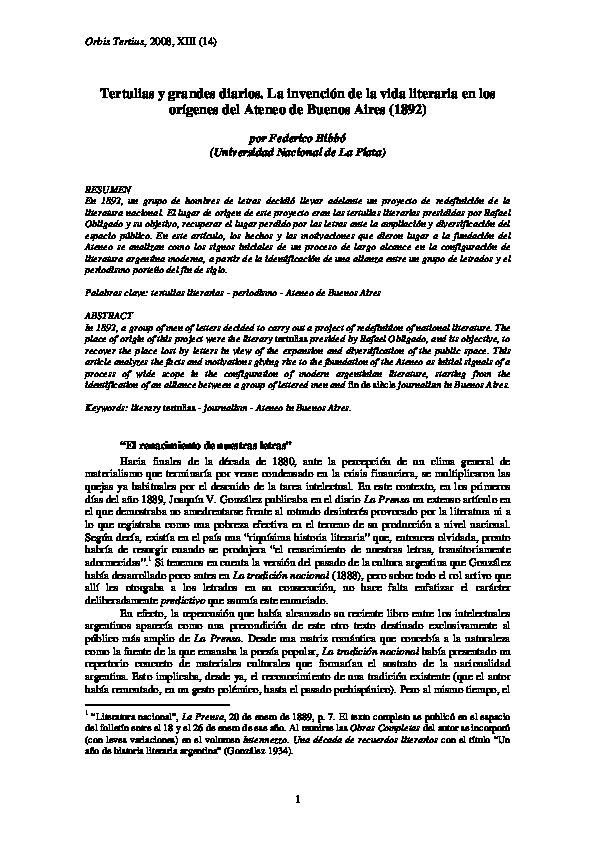Textos
Texto

Wepp as a tool for enabling a more comprehensive analysis of the environmental impacts of soil erosion
Descripción
Cropland area in Uruguay, mostly soybeans, increased 300% during the last decade due to expansion to new areas. Although no-tillage practices are generalized among farmers, soil erosion is still a major environmental and economic issue. A predictive tool as the Water Erosion Prediction Model Project (WEPP), based on soil processes, has never been used in Uruguay. The objective of this research was to evaluate the soil erosion impact of various managements of intensive agriculture on Mollisols of Uruguay, applying the WEPP erosion model. The model was fi rst adjusted and validated for annual erosion estimates of an Abruptic Argiudoll (Nash Sutcliffe (NS)= 0.81 and R2 = 0.89) and a Vertic Argiudoll (NS= 0.86 and R2= 0.90), and later applied to evaluate three Mollisols and one Vertisol with different soil managements. Treatments combined no tillage (NT) and reduced tillage (RT) with different crop rotations. Crop rotations were: continuous soybean (CS), soybean-wheat (SW), soybean-winter cover crop (S-Cover crop), cornsoybean- wheat-3/4 yr pasture (CSW-PPP/PPPP), and corn-soybean-wheat-soybean-wheat-3/4 yr pasture (CSWSWPPP/ PPPP). Soil erosion under RT system or CS was always above 7Mg.ha-1 (T value). Pastures inclusion under NT showed values below 7 Mg.ha-1.WEPP simulated an average erosion rate below T for SW rotation with NT (100m; 3% slope) in three of the four soils studied. However, by varying the slope and the length of the hillslope, the range for which the average annual erosion remains below this level is limited (only 3% - 4%). Moreover, for those hillslopes whose average annual erosion does not exceed the T value, there is still approximately a 25% probability that this may occur any given year. Our work highlights the potential of using WEPP in the development of criteria for assessing sustainability of soil management, alternative to T value of average annual erosion units, including risk analysis.
Jorge, G. et al (2012) Wepp as a tool for enabling a more comprehensive analysis of the environmental impacts of soil erosion. Agrociencia, 16(3), pp. 268-273.
Categorias:
Colecciones:
Recuerda
La cultura y la educación necesitan de tu apoyo activo.
Información del autor

ACUEDI
ACUEDI son las siglas de la Asociación por la Cultura y Educación Digital. Somos una asociación civil sin fines de lucro, con sede en Lima (Perú), fundada en noviembre del 2011. Nuestro principal objetivo es incentivar la lectura y la investigación académica, especialmente dentro de espacios digitales. Para ello hemos diseñado una serie de proyectos, todos ellos relacionados entre sí. Este es nuestro proyecto principal, nuestra Biblioteca DIgital ACUEDI que tiene hasta el momento más de 12 mil textos de acceso gratuito. Como tenemos que financiar este proyecto de algún modo, ya que solo contamos con el apoyo constante y desinteresado de la Fundación M.J. Bustamante de la Fuente, hemos creado otros proyectos como ACUEDI Ediciones, donde publicamos libros impresos y digitales, y la Librería ACUEDI, donde vendemos libros nuestros y de editoriales amigas ya sea mediante redes sociales, mediante esta plataforma, en eventos o en ferias de libros.ACUEDI



